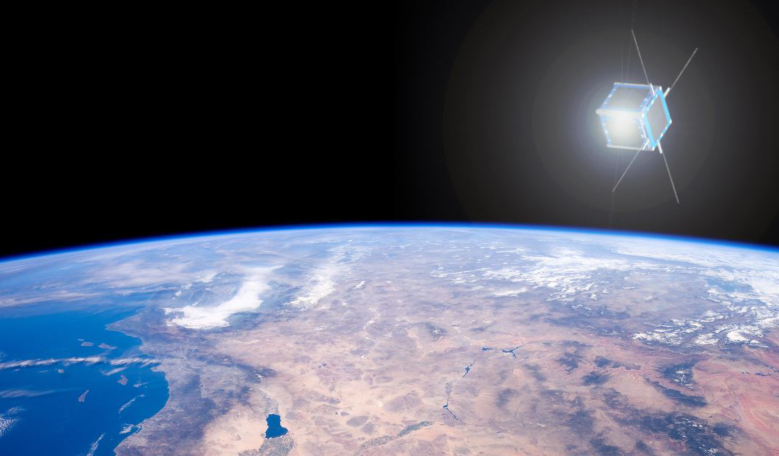NASA has selected a CubeSat that when in orbit can be commanded by anyone with an amateur radio license and a ham radio to set off a xenon flash from the spacecraft which will be visible from the ground.
Roughly the size of a toaster, the 1U CubeSat named LightCube, was designed, built, and tested by an interdisciplinary team of students, advisors, and engineers across multiple organisations at the Arizona State University.
It is scheduled to head to the International Space Station (ISS) as an auxiliary payload aboard a rocket launching between 2022 and 2025. Once deployed the CubeSat will respond with a flash using on-board xenon flashtubes that will be visible to the naked eye of the commander.
“The public will be able to track the LightCube satellite using an app, then transmit to the satellite with a ham radio. Once the signal has been received, they will see a flash from the satellite in the night sky,” said Principal Investigator Jaime Sanchez de la Vega, of Vega Space Systems,
According to the CubeSat’s website, its mission objective is “to produce a light visible to the naked eye of observers on Earth”, as well as “aiming to inspire and provide a learning experience to people across the planet Earth.”
“This is an education-based mission,” said Danny Jacobs, assistant professor at ASU’s School of Earth and Space Exploration and the initiative’s associate director. “Our goal in building and launching a spacecraft that can be commanded by the public is to inspire everyone to learn about telecommunications, spacecraft design, atmospheric and climate science, and orbital mechanics.”
The spacecraft will include a UHF antenna led by the CETYS Universidad team, in Baja California, Mexico, xenon flashtubes, solar panels, an onboard computer, transceiver and a deployable gravity gradient boom that orients the light toward Earth.
The current plan is to deliver the spacecraft to NASA for launch no earlier than September 2022 following a full system integration and test campaign starting later this year.
Once in space, LightCube will circle our planet for approximately 2 years before safely deorbiting, say its designers.
LightCube is among 14 small research satellites that were chosen by NASA as part of its CubeSat Launch Initiative (CSLI)
Other CubeSat ideas also selected as part of the Initiative include SPRITE (Supernova Remnants and Proxies for ReIonization Testbed Experiment), a scientific investigation mission designed to observe ionising radiation escape from low redshift star-forming galaxies, and AEPEX (Atmospheric Effects of Precipitation through Energetic X-rays), a scientific investigation mission that aims to better understand the influence of the magnetosphere on the Earth’s upper atmosphere through energetic particle precipitation (EPP).
“These innovative partnerships benefit both NASA and the greater science community by helping to bridge gaps in knowledge and, ultimately, accelerate technology,” says Sam Fonder, program executive, Launch Services Office.
Promoted as an educational-based mission, the idea behind LightCube however is already garnering scepticism from those who study the night sky.
“An idea to fly a CubeSat which the public can send a signal to and then set off a huge flash in the night sky - is such a terrible idea for astronomers,” says Leiden Observatory Associate Professor Jarle Brinchmann via Twitter.
Astronomers already have to contend with a growing number of satellites leaving visible trails through the dark skies; dodging light from one which fires up at the press of a button could also prove an unpopular CSLI choice with those who have a vested interest in astronomical observations.











